Red light therapy has gained significant popularity in recent years as an effective way to promote skin health, reduce pain, and enhance overall well-being. Whether you are looking for red light therapy bulbs for home use or a red light therapy device for targeted treatment, choosing the right red light bulb is crucial to ensure maximum benefits. With various options on the market, selecting the right red light therapy bulbs can be overwhelming. This guide will help you navigate the key factors to consider, including wavelength, irradiance, and infrared light features, to ensure you make an informed decision.
Understanding Red Light Therapy and Its Benefits
Before selecting a red light therapy bulb, it's important to understand how red light therapy works. This particular therapy utilizes wavelengths of light—typically 660nm red light and 850nm near-infrared light therapy—to penetrate the skin and stimulate cellular energy production. This process, known as photobiomodulation, enhances the function of the mitochondrion, which in turn helps with collagen production, wrinkle reduction, and muscle recovery.
The benefits of red light therapy extend beyond skincare; it is also used for pain relief, treating joint and muscle pain, and improving overall circulation. Many people choose light therapy at home to experience these advantages in the comfort of their home without the need for expensive spa visits.
Key Factors to Consider When Choosing Red Light Therapy Bulbs
1. Wavelength: The Key to Effectiveness
One of the most important considerations when selecting light therapy bulbs for optimal results is wavelength. The most effective red and near-infrared light wavelengths for red light therapy for body and face with 660nm red are:
- 660nm red light: Ideal for surface-level skin treatments, promoting healing and enhancing collagen production.
- 850nm near-infrared light therapy: Penetrates deeper into tissues and muscles, aiding in muscle recovery, joint pain relief, and pain and inflammation reduction.
- 660nm and 850nm: Many therapy lights combine both wavelengths for comprehensive red light therapy at home.
2. Irradiance: How Much Light Energy Are You Getting?
Another key specification is irradiance, which measures the amount of light energy delivered to your skin. Higher irradiance levels mean more effective red light therapy. Look for bulbs that provide high irradiance for quicker and more noticeable results.
3. LED vs. Incandescent: Which One to Choose?
LED red light therapy bulbs are the preferred option for light therapy use due to their energy efficiency, long lifespan, and ability to produce precise light wavelengths. However, some people still opt for incandescent red bulbs, which can generate infrared heat and may be useful for infrared therapy applications.
4. Infrared vs. Visible Light
A red light therapy bulb may emit either visible light (like 660nm red) or near-infrared light (such as 850nm), which is not visible to the human eye. While visible light can be effective for skin condition improvement, infrared red light therapy is better suited for deeper tissue penetration and body pain relief.
5. Type of Light and Coverage Area
When selecting red light therapy for face, therapy for face and body, or therapy for body and face, consider the type of bulb and how much area it can cover. Some common options include:
- A19 bulbs: Standard shape, perfect for home use in regular lamps.
- Clamp lamp: A flexible option for targeting specific body areas.
- Light therapy belt wrap: Ideal for hands-free treatment.
- LED light combo: A mix of red and 850nm near infrared lights for balanced therapy.
How to Use Red Light Therapy Bulbs Effectively
1. Placement and Lamp Base Compatibility
Ensure that your chosen red light therapy bulb fits into a lamp base that supports its power and heat requirements. Some infrared bulbs require specialized fixtures due to their higher wattage.
2. Using the Light Correctly
To maximize benefits, follow these best practices:
- Use red light therapy consistently, ideally every day.
- Position the lamp or light source 6–12 inches from your skin.
- Limit sessions to 10–20 minutes per area.
- Avoid blue light exposure immediately after treatment, as it can counteract the effects of red light therapy.
3. Customer Reviews and Real-World Effectiveness
Before purchasing, check customer reviews to see how well different bulbs perform. Reviews can offer insights into durability, irradiance, and whether the red light device delivers the promised red near infrared benefits.
Conclusion: Choosing the Best Red Light Therapy Bulb
When shopping for red light therapy bulbs for home, prioritize bulbs with 660nm red and 850nm near-infrared capabilities, high irradiance, and efficient LEDs for effective treatment. Consider factors such as light wavelengths, light therapy use, and the specific condition you aim to treat—whether it's joint pain, muscle pain, or skin condition improvement. With the right infrared light therapy device, you can enjoy the benefits of red light therapy conveniently at home and improve your overall well-being.
The electro-pulse skin cleaner is an innovative device designed for deep and effective cleansing of the skin of the face. Using pulsed current technology, it acts on the pores, removing impurities and excess sebum, which helps to improve the condition of the skin and prevent the appearance of acne! You can buy this device at the best price in our store.
Quick Summary of Key Points:
- Choose red light therapy bulbs with 660nm and 850nm wavelengths for best results.
- Opt for high irradiance bulbs to maximize effectiveness.
- LED red light therapy is the most energy-efficient and durable option.
- Infrared red light therapy is best for deep tissue treatment and pain relief.
- Use your red light therapy device daily for optimal benefits.
- Consider customer reviews before purchasing.
With the right red light therapy bulb, you can enhance your health, improve your skin, and experience therapy for body and face with ease!

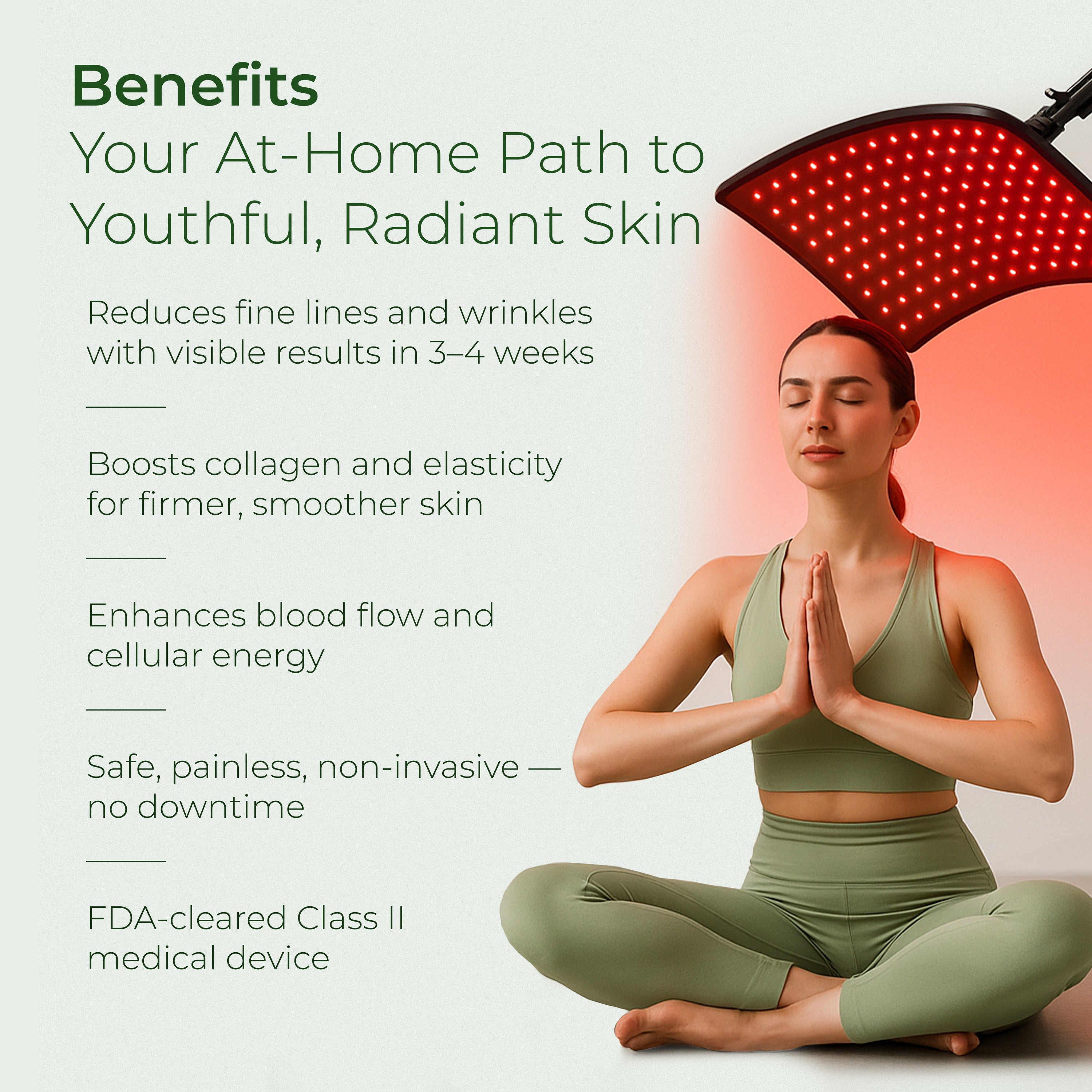
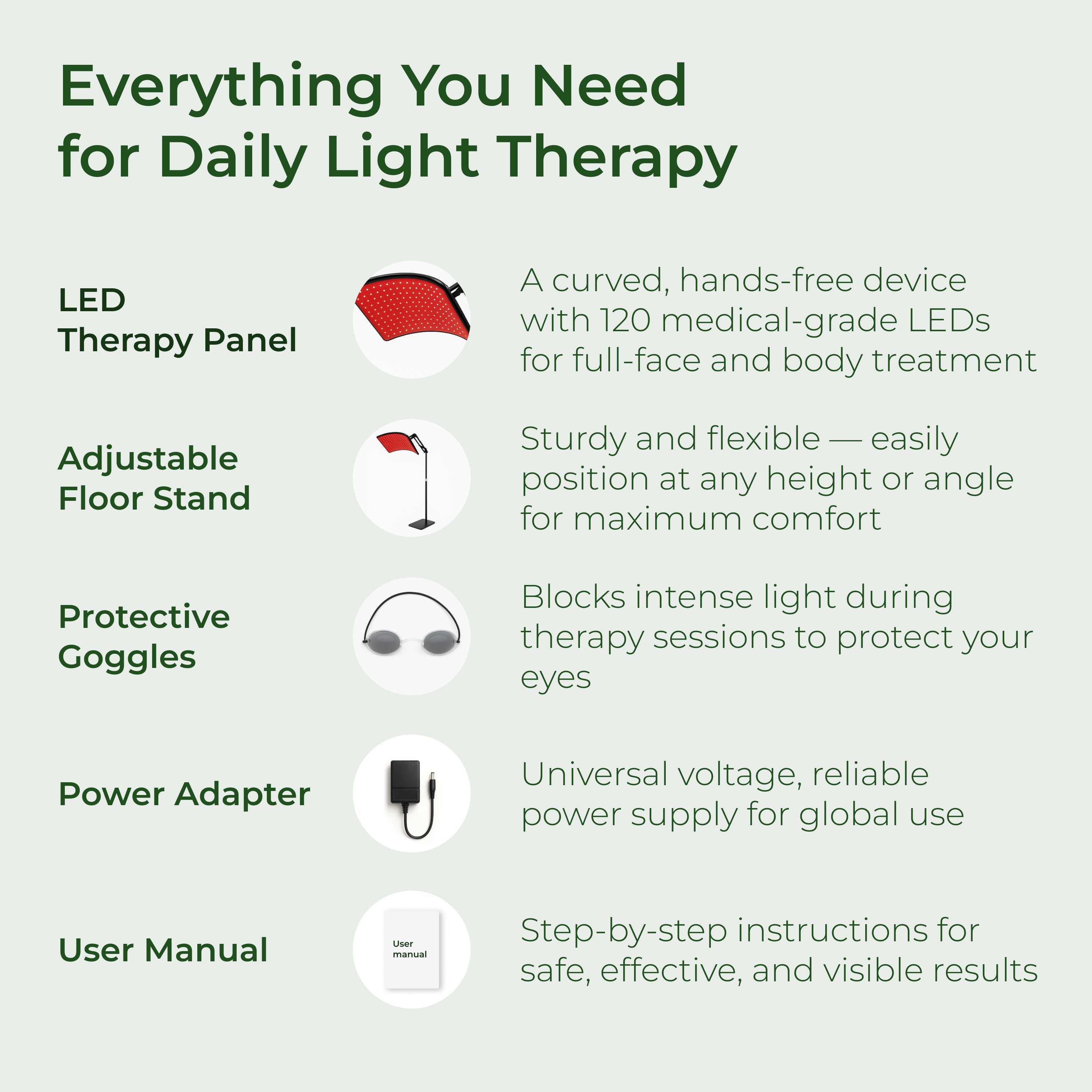

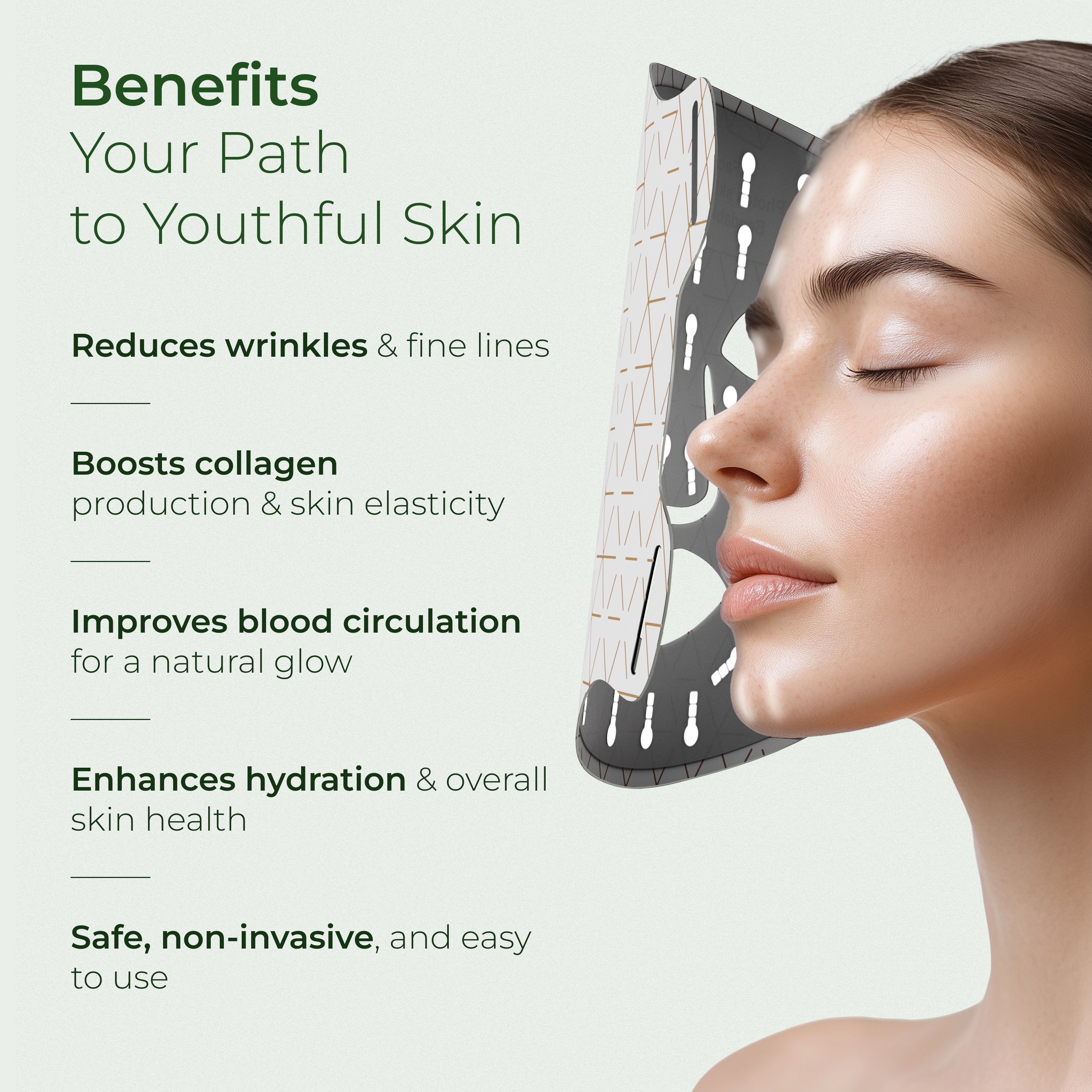
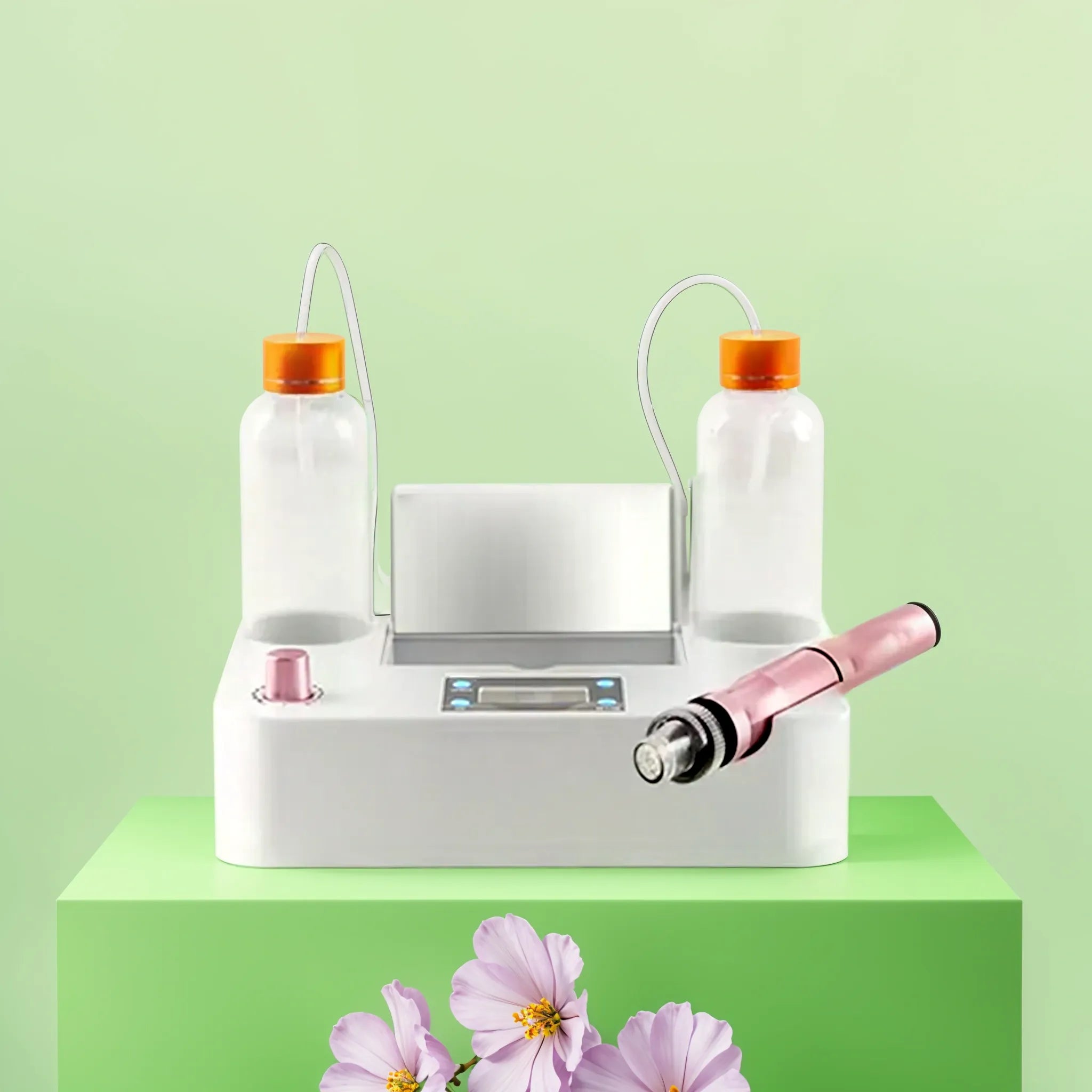

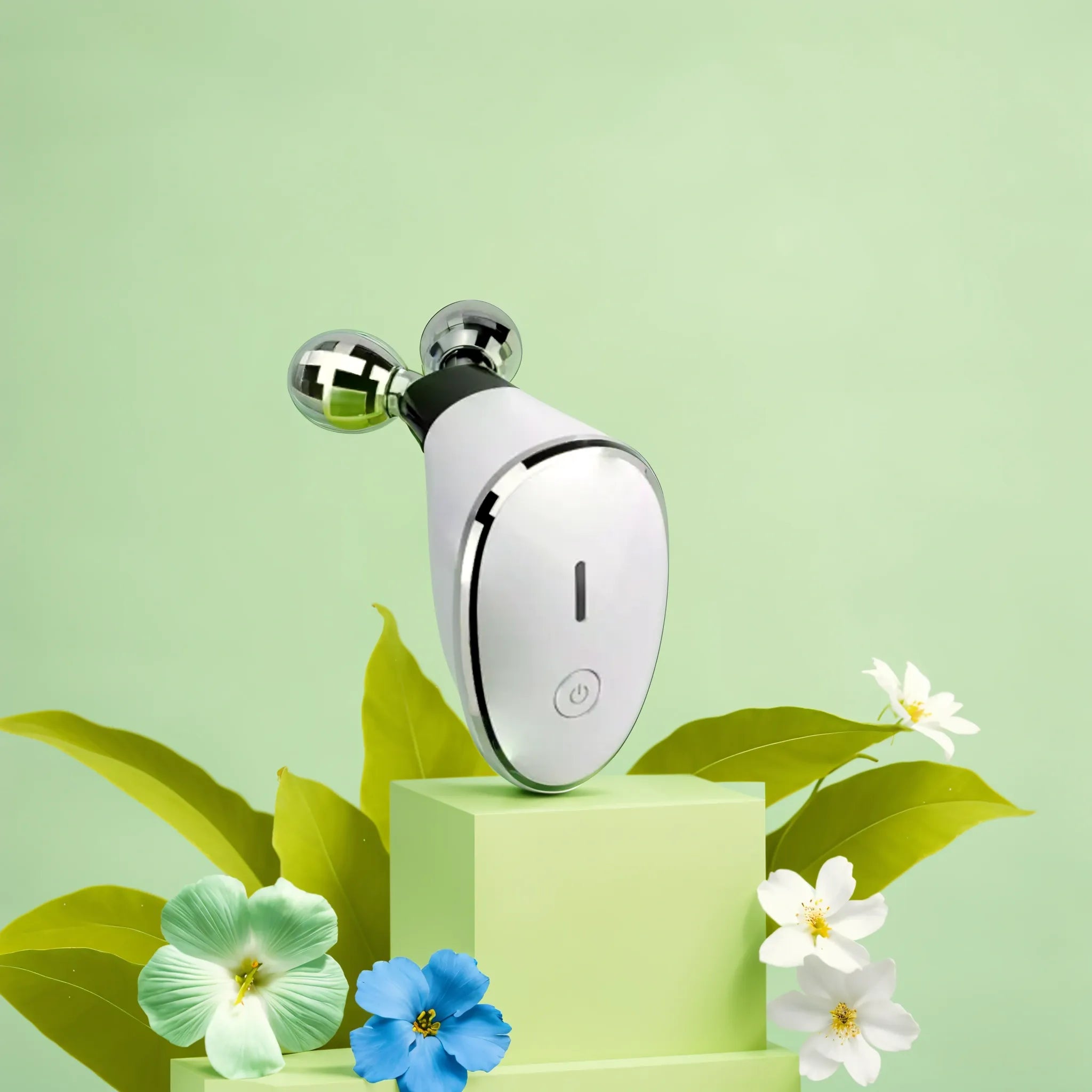
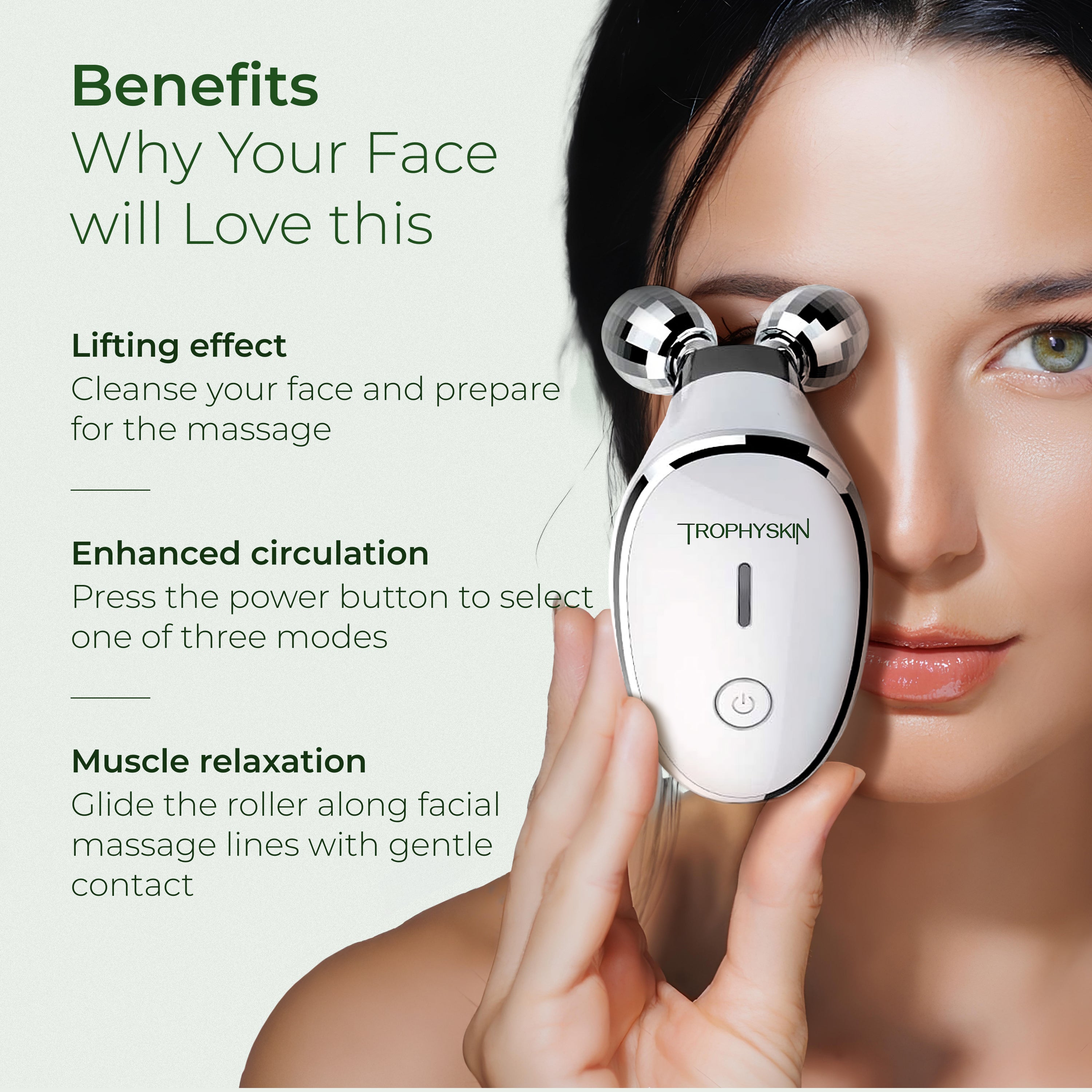



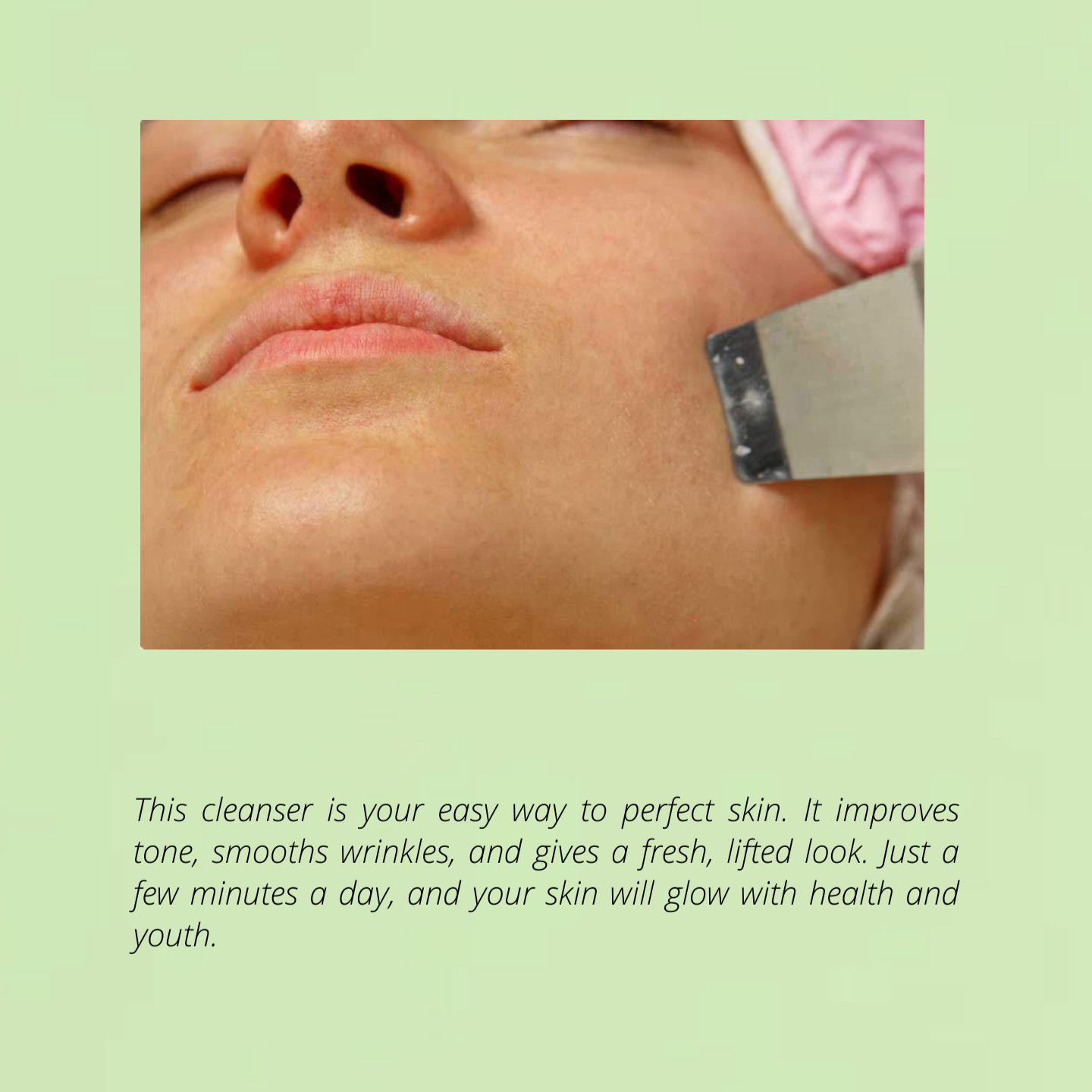

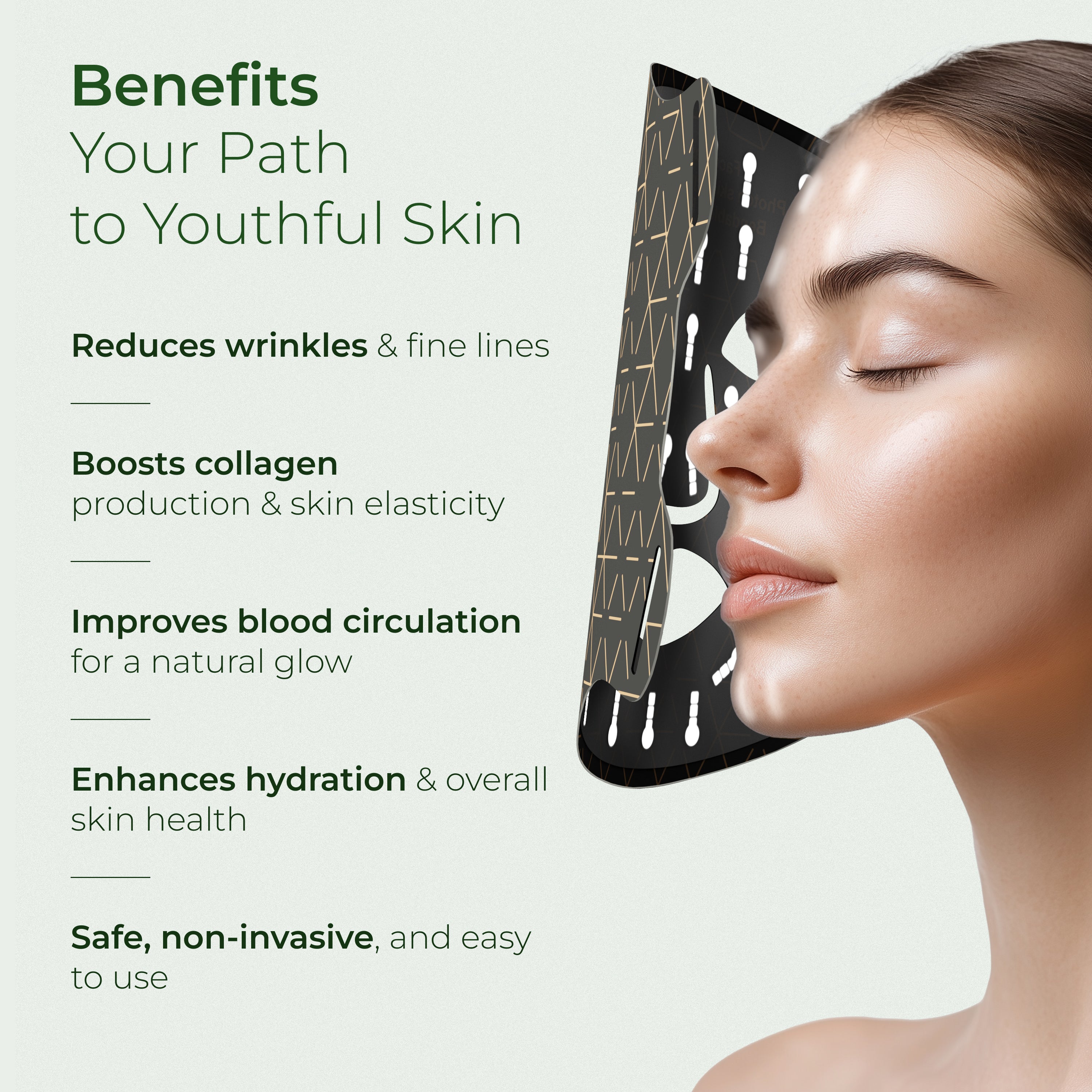


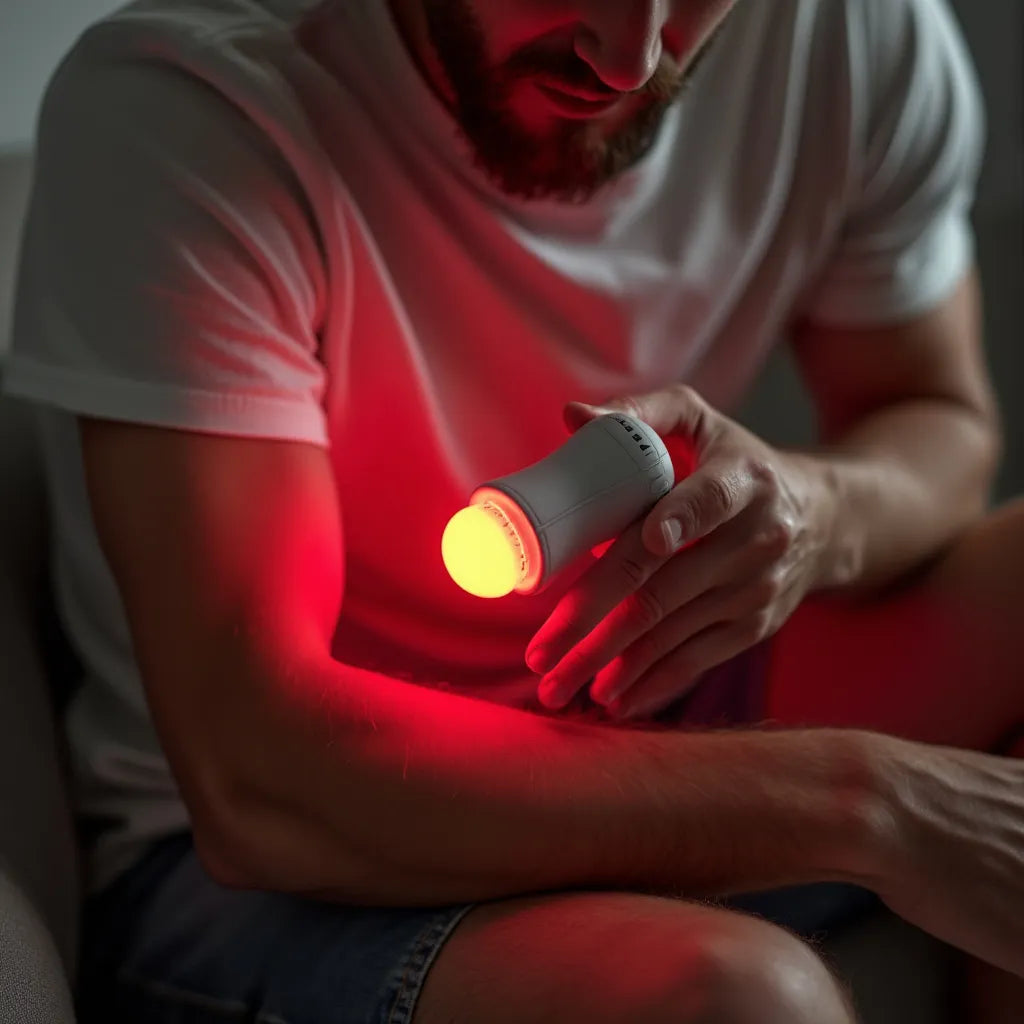
Hinterlasse einen Kommentar
Diese Website ist durch hCaptcha geschützt und es gelten die allgemeinen Geschäftsbedingungen und Datenschutzbestimmungen von hCaptcha.